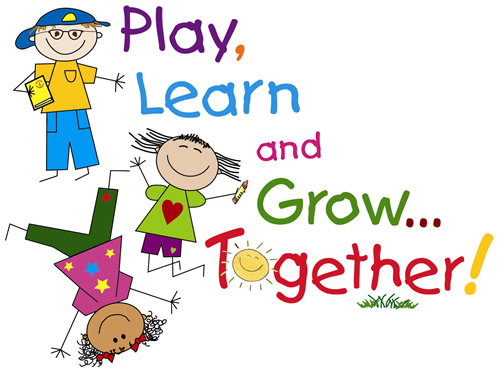-
Bloom's Taxonomy

This six-level hierarchy of thinking processes is often used by teachers to
plan a variety of questions or tasks of different levels of difficulty, so
that all children may choose or be allocated work at which they are likely to
succeed, but that also will require reasonable effort, even from the most
able.Bloom's Taxonomy comprises the three 'lower' levels of Knowledge,
Comprehension and Application, along with what are usually said to be
the 'higher order thinking' levels of Analysis, Synthesis and Evaluation. It
is not the case that only those children identified as gifted or talented
should attempt tasks at the upper levels - for these are skills that all
children need to develop - but it is important that highly able children have
many opportunities to work at tasks that are more demanding, such as those
requiring analysis, synthesis and evaluation. It is a matter of finding the
right mix of the six levels for each child, to ensure that learning is
thought-provoking and that connections with 'real life' are made.
The Levels
In describing the levels of thinking, we will suggest examples of activities
that are representative of that level. The following activities and questions
are based on ideas in the book Blooming Into Themes With Multiple
Intelligences, (edited by Bailey, Knight, O'Keefe & Brown, and published by
Hawker Brownlow Education, Melbourne, 1997):Knowledge and Comprehension
Often these first two levels are combined since both involve recalling and
interpreting information presented, eg:• Find pictures of toys in magazines and catalogues. Sort them into toys you
have and toys you would like to have.• Why did the Ugly Duckling run away?
Application
This level involves applying information to a new or different situation, eg:
• Find out who is trying to protect our endangered animals and write a letter
to these people.• Illustrate the stages involved in recycling paper and then test your plan
by recycling some paper to make note paper for a gift.Analysis
The skills involved in this level require children to see the relationships
between the parts that make up a whole, eg:• Compare your life with the life of a child who travels with a circus.
• Plan a special meal. Make all the arrangements including the guest list,
invitations, menu, venue etc. and record the steps needed.Synthesis
At this level, children are required to create new patterns or structures, eg:
• Write a song about 'Old MacDonald' who had a bulldozer instead of a farm.
• Interview the wolf to find out his side of the Red Riding Hood story. Tell
or write down your findings.Evaluation
This level involves children making, and justifying, value judgements, eg:
• Choose and illustrate the two most important events in the story.
• Write a letter to your local council recommending ways of improving some
aspect of your community (such as rubbish disposal or recycling).
*** I hope this information will assist you in working with your child at
home. Remember that these questions can be asked in reference to any novel
your child is reading at home. If you have any questions, please feel free to
contact me!
Address:
School City of Hobart
32 East 7th Street
Hobart, Indiana 46342
Email:
Office Hours:
Monday - Friday: 8:00am - 4:00pm
Phone:
tel. 219-942-8885
fax. 219-942-0081







